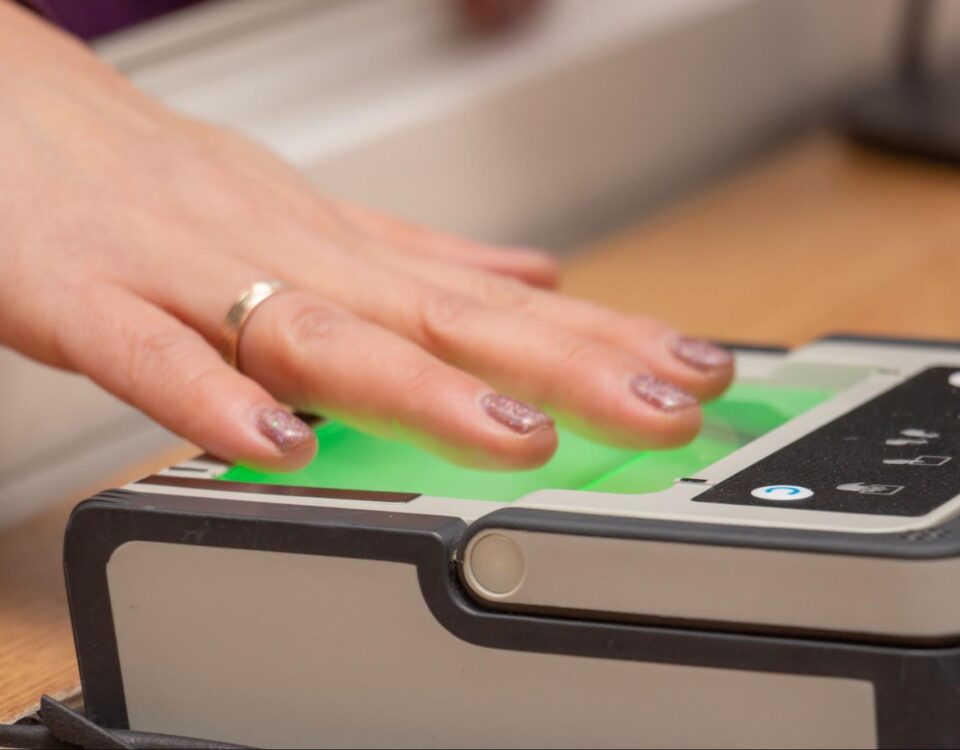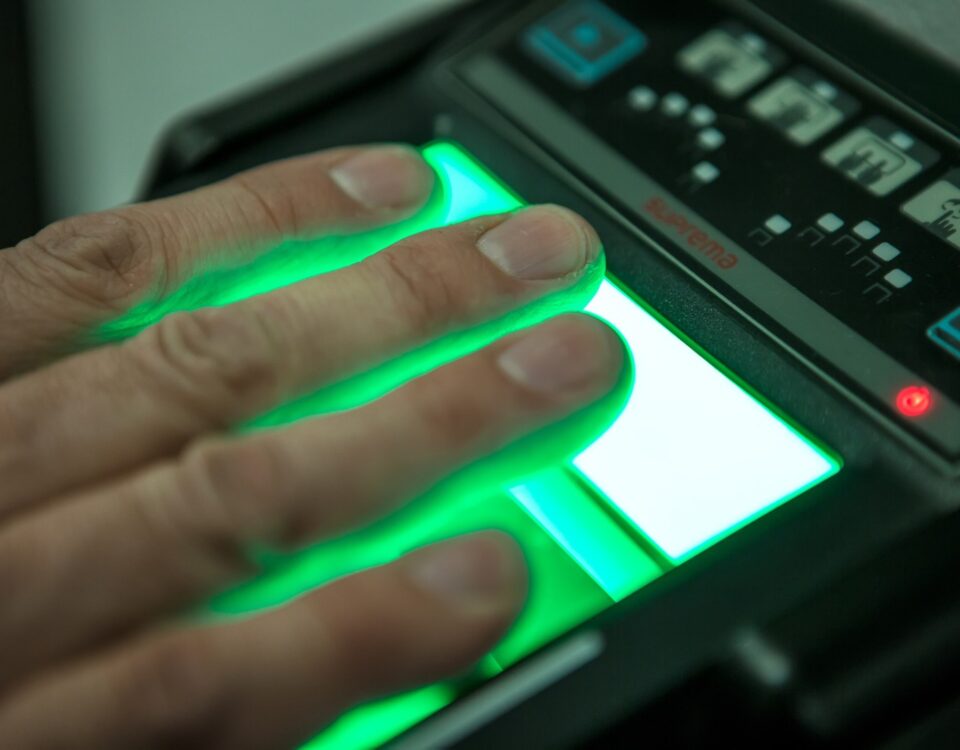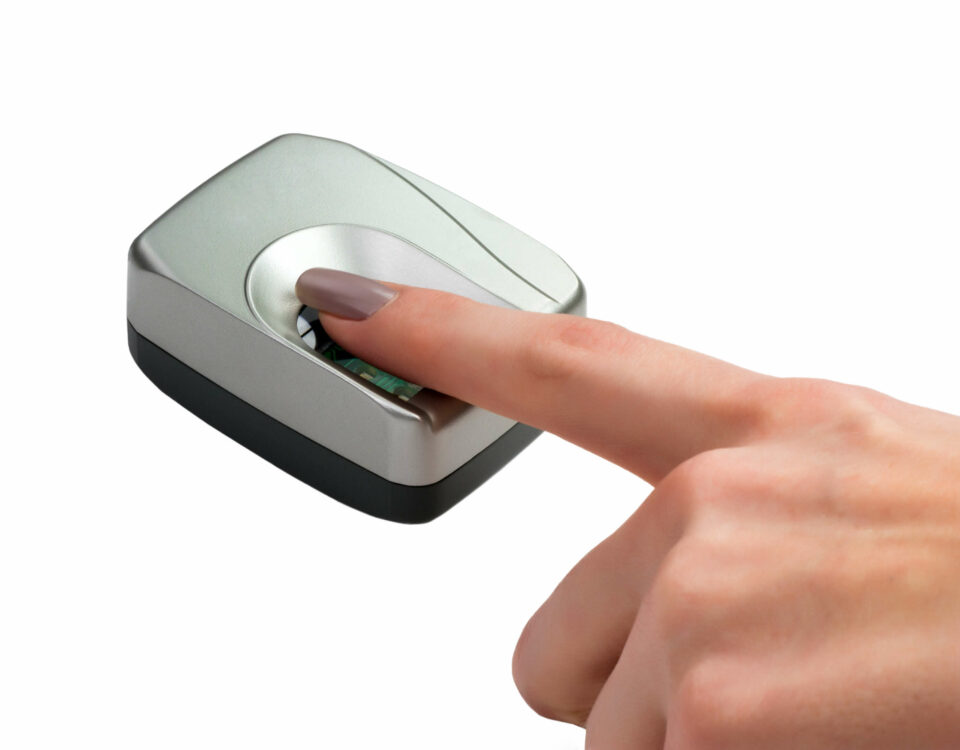Secure Biometric Solutions with Iris Recognition

Biometric recognition technology has evolved to use the unique physical characteristics of a person to grant access, secure check-ins, and enter workplaces. One of the highly trustworthy biometric modalities is the iris, which is hard to replicate.
A person‘s colorful ring encircling the pupil has intricate patterns and striations that form a solid, complicated structure, which doesn’t change throughout their lifetime.
These scrupulous details are captured by high-resolution cameras using near-infrared light, which reaches through the surface of the iris regardless of eye color.
A key advantage of iris identification is that it is extremely difficult to create a fake iris that can fool a scanning device. This makes iris identification a highly secure method of authentication, ideal for applications, such as border control, law enforcement, and access control.
Iris-based biometric technologies
The iris remains unchanged throughout a person’s life, thus, long-term identification is inevitable. Iris scanners are highly hygienic as they provide a contactless and non-invasive iris recognition method as there is no physical interaction with the device.
So, how does an iris scanner work? Firstly, a high-resolution image of the iris is captured by a specialized camera. To do that infrared light is used to ensure the readability of the image, including dim or poorly lit conditions.
Then, the image is analyzed in order to collect the unique characteristics of the iris, such as furrows and rings. After the extraction, these patterns are converted into a digital template, which is stored in an encrypted database.
When it comes to authentication, a comparison has to be performed. A person scans their iris and this newly created template is compared to the template that is being stored. The verification entails the matching process—if the templates match within a certain threshold, the person is verified and receives access to, let’s say their workplace. If there is no match, access is denied.
The types of iris scanners
There are two main types of iris scanners—single and dual capture scanners. Single-capture scanners capture an image of only one eye at a time. Dual capture scanners, on the other hand, can capture images of both eyes simultaneously. This makes the scanning process faster and more efficient, and it can also improve accuracy by providing more data points for comparison, whereas a single iris capture works great in limited space environments.
5 highly efficient iris scanner examples
Below we will explore five top-performing iris scanners that offer exclusive accuracy, versatility, and compliance with industry standards. From compact USB-powered models to dual-mode devices capable of capturing both iris and face images, these iris scanners can be applied to a wide range of industries.
1. IriTech IriShield USB MK 2120U
A great single-iris capture option is the IriShield USB MK 2120U scanner. It‘s a compact device which illuminates each eye with an infrared LED making it suitable for different indoor and outdoor scenarios. The camera can be used with smartphones or other mobile devices, as it operates on a low-power consumption and can be conveniently powered via a USB port. The images are compliant with ISO/IEC 19794-6 standard.
2. BioID BioIris
BioID Technologies’ BioIRIS is an ultra-compact, binocular-type scanner that features high-tech matching algorithms for an accurate capture. This helps avoid false positives and maximizes the identification rates of true positives. It can perform high-speed matching and is compliant with ISO standards. It is compatible with both Windows and Android systems, making its connectivity highly adaptable.
3. Mantra MIS100V2 Single Iris Scanner
The MIS100V2 single iris scanner uses an advanced algorithm that can detect low-quality iris images and automatically adjust settings using built-in LED indicators. It is a USB-powered iris sensor, designed for reliable identity verification in applications like Aadhaar authentication or banking. To ensure an accurate image capture, the sensor uses distance sensing and focus analysis technology. It has an STQC certification and features a high-resolution CMOS sensor for capturing clear, detailed images with JPEG2000 compression.
4. Vista Imaging VistaEY2P
The VistaEY2P is a compact multi-biometric device capable of capturing both iris and face images simultaneously. Its LiveEye anti-spoof technology ensures accurate authentication by preventing spoofing attempts. The captured iris images comply with ISO/IEC 19794-6 standards, while face images adhere to ISO/IEC 19794-5 standards. The device captures both modalities in a single gesture from a distance of 22 inches. It uses advanced imaging technology, including multi-wavelength infrared illumination, distance sensing, an integrated mirror, and LED feedback, to capture high-quality iris images. Its multi-positional iris illumination ensures accurate authentication for most individuals, even those wearing eyewear.
5. Vista Imaging VistaEY2H
Another great compact option is the VistaEY2H dual iris camera designed by Vista Imaging. The captured iris images meet the strict ISO/IEC 19794-6 standard for biometric data. Its integrated visor provides a convenient way to capture iris images. The camera incorporates advanced technology that reliably distinguishes between real, live eyes and potential spoofs.
Final notes
Iris recognition is a secure biometric solution for a wide range of applications. It’s a great option for organizations seeking to reinforce security and protect sensitive data. The availability of diverse iris scanner options, from single to dual capture devices, ensures that businesses can find the best gadget for their case. As iris recognition technology improves, its use will likely increase, making it a top choice for secure and efficient identification.




